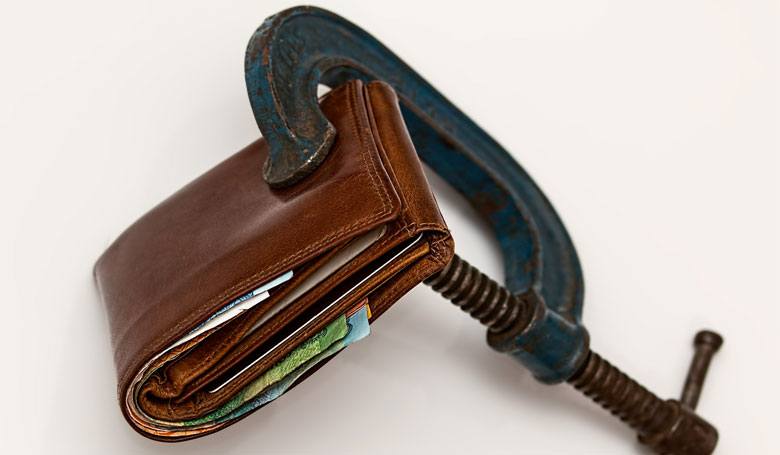
UK inflation in May jumped to 2.9%, the fastest incline in UK prices in nearly four years, according to new data from the Office for National Statistics.
Analysts predicted that inflation would be at 2.7%, marginally missing the real figures that represented the highest inflation level since June 2013.
The annual rate of the consumer price index increased to 2.7% in April, according to the data published on Tuesday.
The latest figures from the Office of National Statistics explained that, despite fuel costs falling, the price of food and clothing has increased, meaning that consumers will feel a squeeze.
One key message learned from the figures, that indicated that inflation is at a four-year high, is that there’s an unwillingness among UK retailers to take the hit on higher import costs, caused by a declining pound in their profit margins, meaning the consumer must pay the cost.
Currently, wages are not matching consumer prices.
The pound was thrown into disarray on election night, which resulted in a hung parliament. As a result, the Conservative Party, who lost their overall majority, formed a minority government, with the support of the controversial Democratic Unionist Party.
There are doubts as to whether Theresa May’s position is sustainable, and there are rumblings that there could be another general election later this year.
Rising inflation and falling living standards is not good for the newly formed government, who have to deal with Brexit negotiations, also.
Leaving the Single Market could cost the UK economy £36bn according to reports. However, with Theresa May’s negotiation position seriously damaged by the general election, the future of Brexit is unclear.

